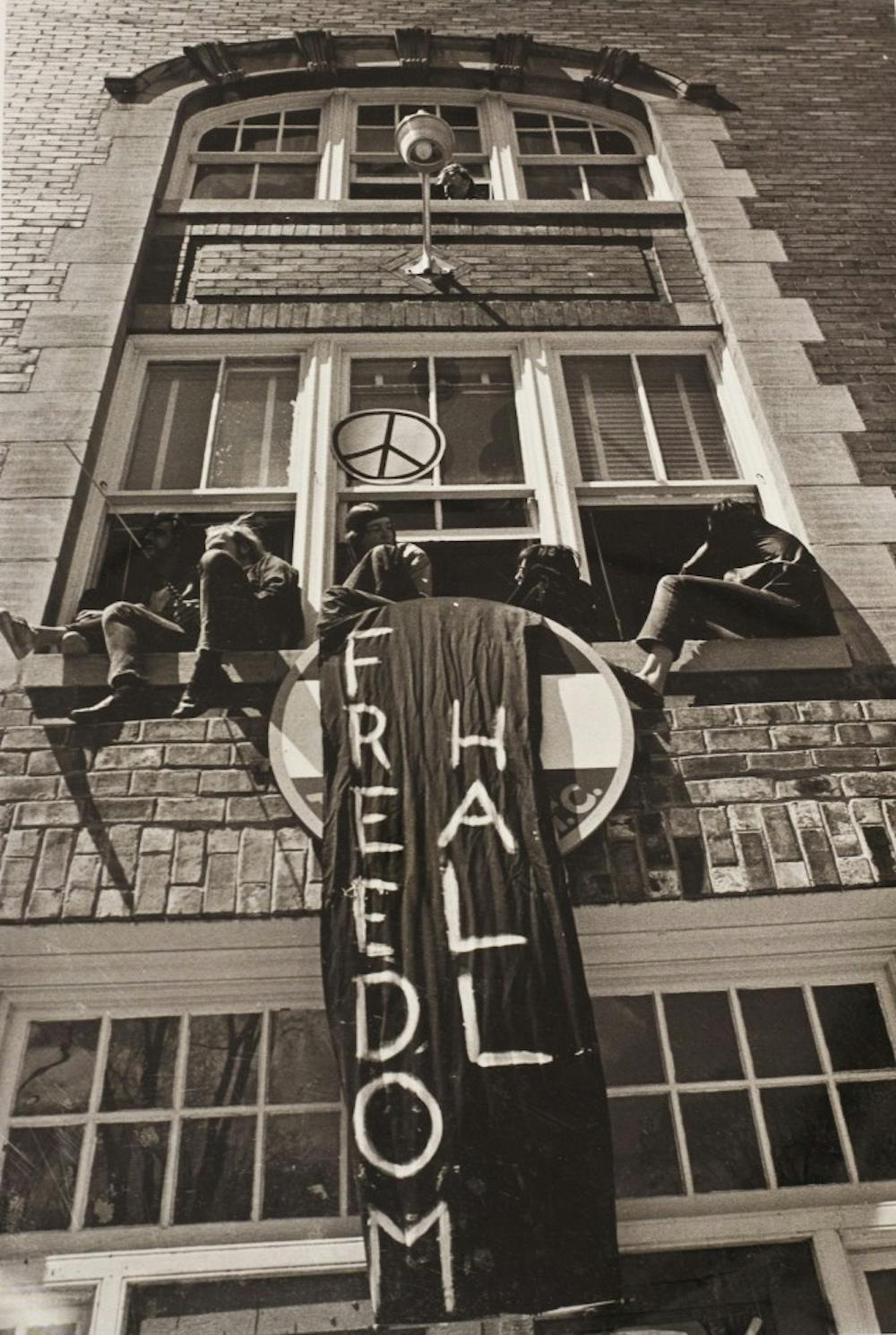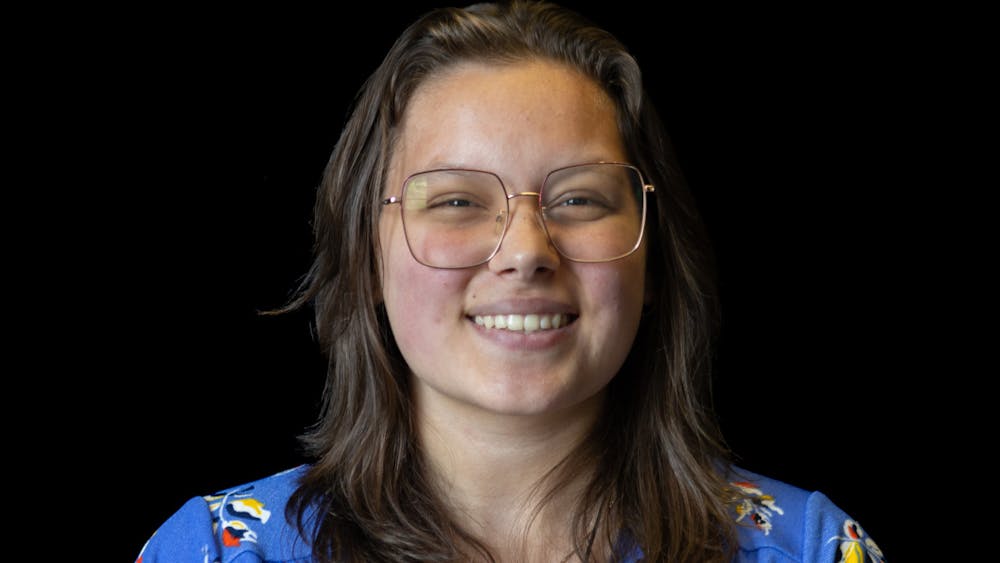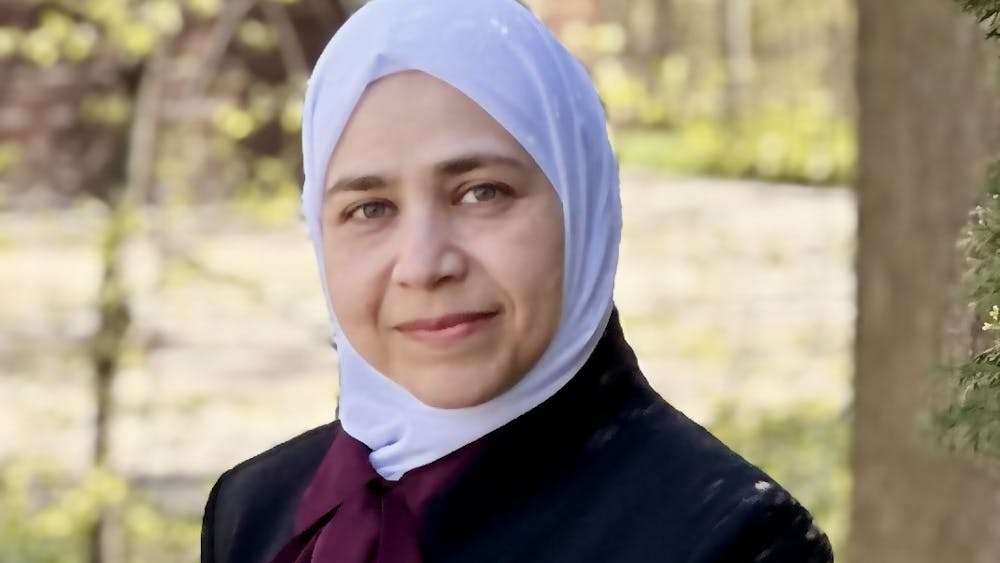Preserving our unwritten history
Oral history course captures undocumented stories of CMU’s past

Some Central Michigan University history will never be contained on a plaque or textbook.
Stories of using cafeteria trays for sleds and studying for class while living in fear of being drafted are ones best told by word of mouth.
With this in mind, CMU students in history faculty Brittany Fremion's HST 585: Oral History course spent the semester capturing the experiences of alumni for the Museum of Cultural and Natural History.
Alumni range from those who graduated in the 2000s to those who were handed their diploma when Lyndon B. Johnson was president.
This class was the brainchild of Museum Director and Curator Jay Martin, who expressed interest in capturing "oral history" since arriving at CMU in 2010, yet had to find an instructor to teach the class.
"Oral history is a very important methodology in the study of history, particularly the short-term history," Martin said. "When I first got here, oral history was a class that I felt was critically important and didn't exist, so I created the class. When I arrived here, I noticed there was no systematic effort to do oral history here on campus and record the history of CMU, so I began developing the process for such a project."
This class comprises a large part of the CMU Oral History Project, led by Martin and Fremion as Principle Investigators, who document experience and perception-based CMU history. The course was first offered in spring 2013.
"When (Fremion) arrived on campus, she was the first to teach this oral history class, and she also became a partner with me pretty early on in starting to do oral histories here with people who were part of our university community," Martin said.
Each interview is researched, recorded, transcribed and prepared for the museum by students, Fremion said.
"They did research (at the Clarke Historical Library) on the time their alumni was at CMU," Fremion said. "They also gathered stories from Central Michigan Life, yearbooks, and other materials as well. It really goes far to show what life was like here before."
Each student was assigned an alumni, who are scouted by the CMU Alumni Association, to interview about their time at CMU.
"The partnership between the museum and the alumni association) has been great and has helped us connect with CMU's alumni and retirees and anyone who's associated with the university," Martin said. "That's been a great way to help us tell this story more broadly."
Member of the Saginaw Chippewa Indian Tribe and graduate student Jerome Pigeon interviewed two alumni from the 2000s, one of whom is a member of the tribe. Through this, he gained insight of cultural sensitivities of past students.
Pigeon asked both about the university's usage of the Chippewas' name, and described the discussion on the subject as "respectful" in both cases.
"Oral history has an ability to capture history from people of different backgrounds, and shines a flashlight into places you wouldn't normally look," Pigeon said.
Ohio graduate student Donald Laskey spoke with a couple living in Florida who attended Central in the 60s and 70s. Due to student deferment, the man was not at risk for being drafted, although his future wife was very concerned about the strong presence the Vietnam War had on campus life.
"It's like you're looking at the pulse of common history through people's eyes," Laskey said.
Oral history also shed some light on recreational activities that are seldom practiced today.
"(He) called it 'traying,'" said Remus graduate student Caity Sweet. "They would take cafeteria trays and use them to sled down nearby hills."
Fremion estimated nearly 30 recorded interviews will be completed by the end of the semester.




